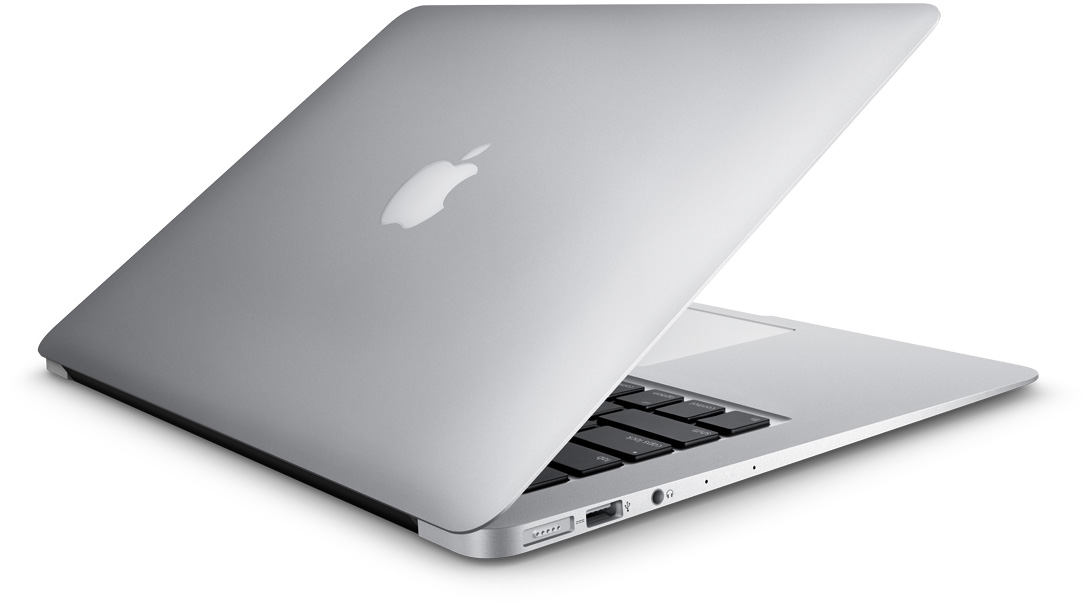How To Free Up Space On Your Mac
How To Free Up Space On Your Mac

Although the latest models of Apple computers are equipped with terabyte hard drives, users now and then with amazement find that the hard drive is full of data to the eyeballs. In addition, today is gaining popularity ultra-fast, but still not very capacious SSD drives. Even a very modest media library iTunes or iPhoto is able to fill almost the entire 64 or 128 gigabyte disk.
So, to fix the Mac startup disk full issue you have to free up space on Mac.
- Clear the download folder:
Every time you view photos or documents sent to you by e-mail, Mail keeps these files in the Mail Downloads folder. If you do not accept a large number of e-mail attachments, this folder will remain almost empty, but if you regularly exchange files via email – it will quickly become “fat”. To fix this, we do not need much time and effort. It is enough to call the context menu of the Finder, select the item “Go To Folder” in it and type ~/Library/Mail Downloads and clean out all the accumulated trash. At the same time, there is a chance that the download folder from the network takes a decent amount of megaand even a gigabyte. Look there, save everything you need, and erase the rest with a clean conscience.
- Remove unused copies of movies and videos.
Often it happens that you, for example, download a new film or the next season of the series, compress it into the MP4 format, fill it with an iPhone, view it on the road, and the full-size original still lives on your hard drive. It is extremely rare that you then revise the same series on a large computer, so after compressing the movies to the format of a mobile device – remove heavy-weight originals.
- Take advantage of the cloud-based data storage service.
If you use the Dropbox service, you know that even in a free version this cloud storage service provides 2 gigabytes of space, and that means you can release just as much on your hard drive. To do this, you can use the “Selective synchronization” function, which allows you to delete content sent to the cloud from the hard drive. To do this, go to the Preferences -> Advanced menu and specify the desired folders. If you have some kind of personal dislike for Dropbox- dozens of other similar services are at your service, the most popular ones are Google Drive, Microsoft SkyDrive, Yandex.Disk.
- Remove old backups of iPhone, iPod and iPad:
If you regularly update the firmware and often sync your iPhone with iTunes, then the application creates dozens of backup copies of your device, and they often eat off a significant amount, of gigabytes of disk space. It is therefore advisable to empty your old backups on iphone, ipods and ipad. To find and delete old backups, launch iTunes, select the Settings menu item and click on the Devices icon. Here you will see a list of all the backups iTunes managed to make while working with your gadget. If you are sure that you do not need them, safely delete them all.
There is one more thing related to your portable device, which, often, eats a lot of free gigabytes. Yes, these are the downloaded software update files. iTunes loads them, and after use does not delete, wasting your disk space. Their removal can release a significant amount, of gigabytes, and if you need them again – iTunes will download them again from the Apple update servers. So, go to ~ /Library/iTunes, and search for the iPhone Software Updates folder, iPad Software Updates, and iPod Software Updates. We remove them safely and enjoy another portion of free gigabytes.
- Use DaisyDisk to determine the largest files on your Mac:
A large amount of space in your hard disk are the files and folders are the ones that you forgot aboutor which “grew up” without your knowledge, like a folder with backup copies of iOS devices. There are a lot of utilities to find such candidates for deletion. Our choice is the DaisyDisk utility. This program allows you to scan the connected drives and displays a sector-by-sector diagram of the file system. The thicker the folder, the larger the corresponding sector. Thus, at first glance, you will see where to dig in search of large files.